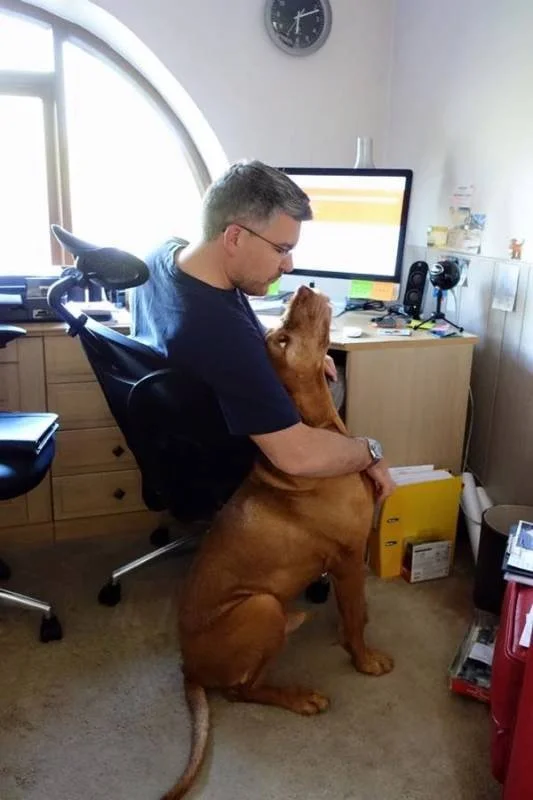Why Leadership Matters: Building a Confident, Balanced, and Well-Behaved Dog
Leadership for dogs fosters a sense of security and stability in their lives. When a dog perceives its owner as a confident leader, it reduces anxiety and uncertainty, allowing the dog to feel safe within its environment. This relationship nurtures trust, enabling clearer communication between the dog and owner.
Strong leadership helps dogs understand boundaries, which can lead to improved behaviour and social interactions. Moreover, effective leadership encourages mental stimulation and engagement, promoting a healthier, happier dog overall. Ultimately, a well-defined leadership role enhances the bond between owner and dog, paving the way for a harmonious and fulfilling relationship.
Poor Socialisation: A Root Cause of Dog-to-Dog Aggression
An increase in dog-to-dog aggression can often be attributed to a relatively insular lifestyle that many dogs experience today. This limited exposure to other dogs during their formative months leads to inadequate socialisation—or ‘imprinting’—which is crucial for developing well-adjusted behaviours.
When puppies do not interact with a diverse range of canine companions, experiences, and locations at an early age, they may not learn critical social cues and boundaries. This can result in fearful or aggressive responses when faced with unfamiliar dogs later in life. This lack of socialisation can create a cycle of anxiety and aggression that impacts not only the individual dog but also the broader community.
It highlights the importance of early, positive social experiences in fostering harmonious interactions among our canine companions.
Separation Anxiety: The Hidden Cost of Modern Lifestyles
Separation anxiety in dogs has become increasingly prevalent as families juggle demanding work obligations and emotional stresses. With less time dedicated to children and a heightened reliance on dogs for emotional support, these pets often bear the weight of their owners’ emotional overload.
This can manifest in behaviours such as excessive barking, destructive tendencies, or signs of distress when left alone. As the dog absorbs their owner’s anxiety, it creates a debilitating cycle, leaving them less capable of coping with solitude.
Addressing separation anxiety requires a tailored approach that fosters independence, gradually builds confidence, and reinstates a sense of security for the dog. Done properly, it can dramatically improve the bond between pet and owner.
Many Dogs Are Without a Leader
Many dogs today are without a leader. Leadership is an essential component to a well-balanced life with our dogs. Without leadership—think control, direction-giving, and training—there’s often a steady increase in unwanted behaviours both in and out of the home.
Common problems include poor recall, jumping up, aggression towards people and other dogs, and more. Dogs without a clear leader often experience uncertainty and anxiety, which then spills over into their behaviour.
Effective leadership isn’t about dominance or harsh methods. It’s about providing calm, clear guidance and setting healthy boundaries. A strong leader gives the dog someone to trust, someone to follow, and someone to help them navigate life with confidence.
Everything is Connected: Building the Foundations First
Everything is connected. Socialisation, leadership, separation anxiety, and behaviour are all woven together. To resolve behavioural issues and build a calmer, more balanced dog, owners need to address all aspects in a calm and structured manner.
It’s like building a house—we need to get the foundations in place first, then focus on the walls, the roof, and finally the finishing touches. And just like a house, dogs require ongoing maintenance: an ongoing process of input, direction, and care from birth to death.
With consistency, leadership, and understanding, you can create a relationship with your dog that feels safe, stable, and deeply rewarding for both of you.
